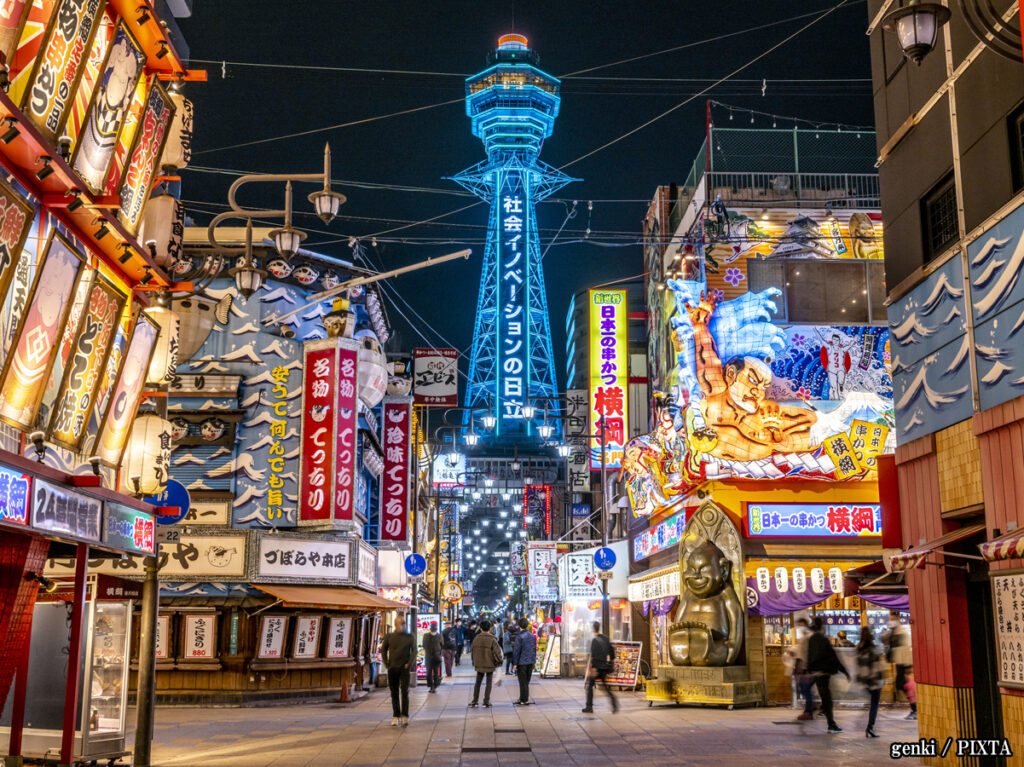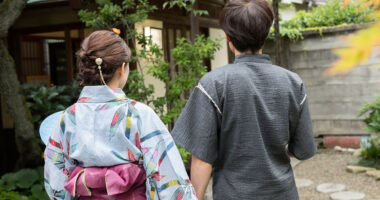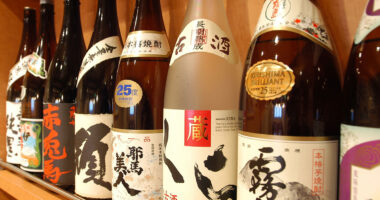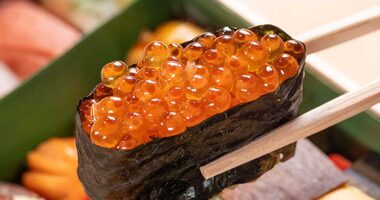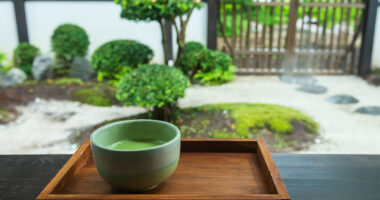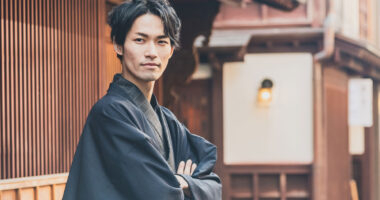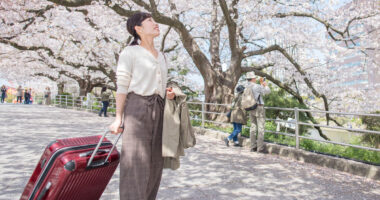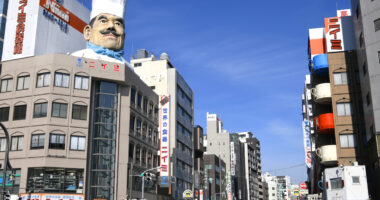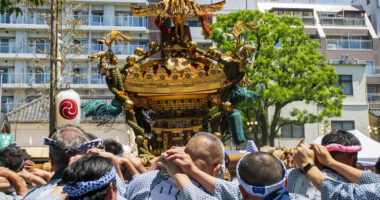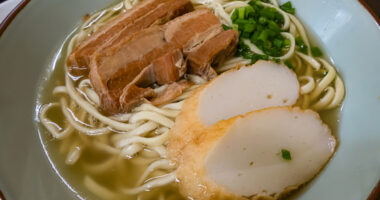Golden Week is one of Japan’s most anticipated holidays. For international travelers, the idea of visiting Japan during this period can be both exciting and daunting. Witnessing the country’s vibrant culture while everything is in full swing sounds appealing.
However, Golden Week is also known for its crowds, high travel costs, and packed attractions. So, is it worth the effort to visit Japan during this time? Let’s dive into the pros and cons to help you make an informed decision.
What is Golden Week?
Golden Week is a collection of four national holidays that fall in quick succession from April 29 to May 5 each year. The holidays are Showa Day (April 29), Constitution Memorial Day (May 3), Greenery Day (May 4), and Children’s Day (May 5). This period marks the peak of Japan’s spring season. Flowers like wisteria and azaleas are in full bloom, with late cherry blossoms in some northern areas, making it an especially beautiful time to visit.
Golden Week originated as a time for workers to take a break and enjoy the changing seasons. Over time, it has evolved into one of the busiest and most significant holiday periods in Japan. Locals travel across the country to visit family, go on vacation, or participate in festivals and events. This influx of travelers—both domestic and international—makes the country’s transportation systems and tourist destinations incredibly crowded.
As a result, while Golden Week offers an exciting opportunity to experience Japan’s vibrant culture, it also brings with it higher travel costs, crowded trains, and long lines at popular attractions. For travelers, it’s a time when planning ahead and managing expectations is key to making the most of their visit.
The pros of visiting Japan during Golden Week
Vibrant atmosphere
One of the biggest draws of visiting Japan during Golden Week is the infectious energy of the country. People are out enjoying their holidays, participating in cultural activities, and sometimes enjoying festivals. The streets of Tokyo, Kyoto, and Osaka are buzzing with life. There’s something truly special about witnessing a whole nation in high spirits, especially in public spaces like parks and shrines.
The lively vibe during Golden Week offers a unique opportunity for visitors to experience Japan at its most vibrant. You’ll see locals dressed in traditional clothing, watch performances, and even join in on public celebrations if you wish. If you’re someone who enjoys a bustling atmosphere, Golden Week might be the perfect time for you to experience Japanese culture.
Seasonal flowers
Spring in Japan is famous for its beautiful flowers, and Golden Week is the perfect time to witness this natural beauty at its peak. The season brings with it stunning wisteria, azaleas, and late-blooming cherry blossoms at high altitudes and northern areas. Parks, gardens, and temple grounds are often adorned with blooming flowers, creating picturesque landscapes everywhere you go.
For nature lovers and photography enthusiasts, this is a golden opportunity to capture the essence of Japan’s seasonal beauty. Many famous locations like Shinjuku Gyoen National Garden and Kiyomizu-dera in Kyoto, with their scenic charm, shine during this season.
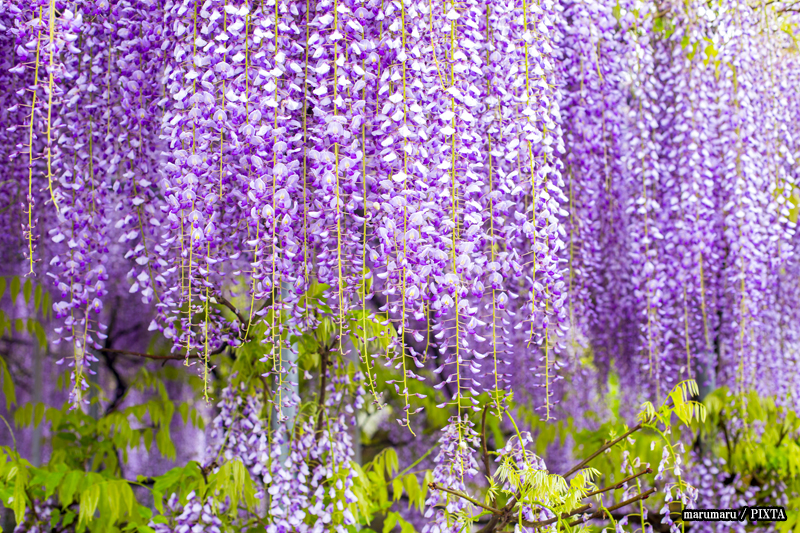
Photo for illustrative purposes
Limited-time events and festivals
Golden week in Japan is more than just a time for relaxation—it’s a period packed with exclusive festivals that you won’t find at any other time of the year. These events offer a rare window into Japan’s cultural tapestry, from colorful parades to traditional performances that highlight regional customs.
Each celebration has its unique atmosphere, drawing crowds from all over Japan and beyond. It’s not just about watching; it’s about participating in age-old traditions, exploring new regions, and connecting with local communities in ways that are deeply tied to the season.
So, if you’re planning to visit during this period, expect to be immersed in a whirlwind of cultural experiences exclusive to Golden Week.
Let’s dive into some of the events and festivals that define this special time.
- Kanda Matsuri (Tokyo, mid-May):
One of Japan’s three great festivals, Kanda Matsuri offers something special every year. In even-numbered years, visitors can witness the Reitaisai on May 15, a solemn ceremony held within Kanda Shrine featuring traditional rituals, sacred dance, and prayers for peace and prosperity. In odd-numbered years, the festival begins earlier in May and expands into a full-scale celebration, with vibrant mikoshi (portable shrine) parades, taiko drumming, and crowds filling the streets of Akihabara. Whether you’re there for the spiritual heart of the Reitaisai or the high-energy parades, Kanda Matsuri is a rewarding extension to any Golden Week itinerary. - The Grand Tempyō Procession of Emperor Shōmu and Empress Kōmyō (Nara, May 3):
Step back to the 8th-century Nara period at this one-day festival held on the grounds of the former imperial capital, Heijō Palace. Courtiers in silk robes, drum troupes, and historical processions recreate the elegance of ancient Japan, while open-air markets and hands-on costume experiences immerse visitors in classical culture, all right in the heart of Golden Week. - Hakata Dontaku Festival (Fukuoka, May 3-4):
Fukuoka’s Hakata Dontaku Festival draws more than two million spectators. dance troupes in vibrant costumes fill the streets, hana-jidōsha (flower-covered cars) cruise in parades, and the 840-year-old Hakata Matsubayashi procession drums up energy from morning till late night. For Golden Week travellers, it delivers an unforgettable, carnival-like atmosphere on both days.
- Kodomo no hi (Children’s Day):
Part of Golden Week, Children’s Day (May 5th) is celebrated with colorful carp-shaped koinobori streamers flying high across Japan. These windsocks symbolize strength and resilience, reflecting the qualities of the carp, admired for its ability to swim upstream. On this day, families pray for the health and happiness of their children. In some regions, decorative kabuto (samurai helmets) or suits of armour are also displayed inside, making it a great time to experience family-oriented celebrations if you have an opportunity to visit a Japanese home. - Aoi Matsuri (Kyoto, May 15):
The Aoi Matsuri, or “hollyhock festival,” is one of Kyoto’s most famous traditional events, taking place on May 15th. The festival features a grand procession of elegantly dressed participants, including aristocrats, court ladies, and samurai, all moving from the imperial palace to the Kamo shrines. The highlight is the display of vibrant hollyhock flowers, which are believed to bring good fortune. The Aoi Matsuri offers visitors a rare opportunity to step back in time and experience Kyoto’s historical charm. - Shinto festivals and shrine rituals:
Around Golden Week, some Shinto shrines across Japan host special rituals and festivals. These events often involve traditional music, dance, and prayers to honor the gods, bringing a deeply spiritual experience to the festive atmosphere. Visitors can observe these rituals at prominent shrines like the Meiji Shrine in Tokyo or experience the serene ambiance at places like Fushimi Inari Shrine in Kyoto. These experiences are an excellent way to gain insight into Japan’s spiritual and cultural practices. - Hanabi taikai (fireworks festivals):
While not as common during Golden Week as in summer, some regions hold smaller-scale fireworks festivals during this time. these celebrations typically involve impressive fireworks that light up the sky, accompanied by traditional food stalls and performances. If you’re visiting in early May, you may be able to catch one of these stunning events, often held by local communities, to celebrate the season. - Music, dance, and food festivals during Golden Week:
Across the country, you’ll find occasional cultural events, like traditional performances, as well as lively music festivals featuring jazz, pop, and rock performances. Many of these take place outdoors, creating a fun mix of old and new cultural experiences. You may also encounter food festivals with stalls and markets selling seasonal treats, matcha desserts, and popular street foods such as takoyaki (round dumplings filled with octopus) and yakitori (grilled chicken skewers).
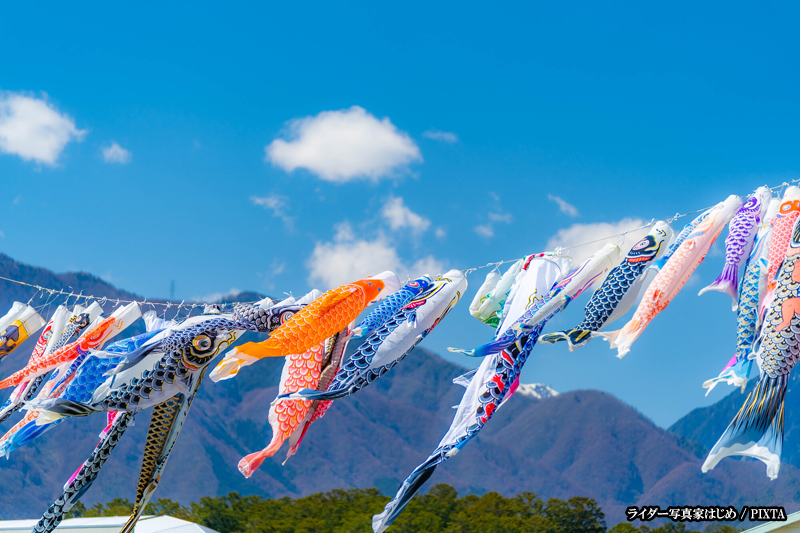
Photo for illustrative purposes
These limited-time events and festivals are some of the most significant cultural experiences Japan has to offer. no matter where you go, Golden Week is a time to enjoy delicious food and a festive atmosphere that makes Japan feel even more special.
The cons of Golden Week
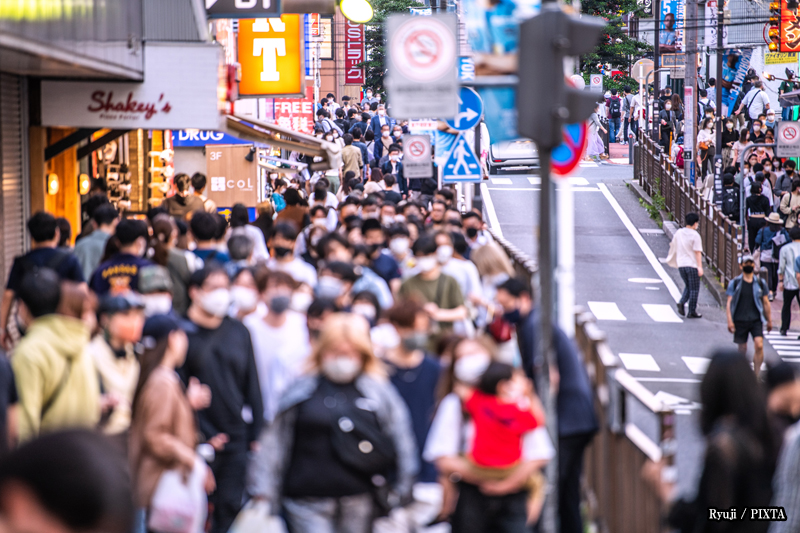
Photo for illustrative purposes
Higher travel costs
One of the most significant downsides of Golden Week is the steep rise in travel costs. With so many people traveling, both domestically and internationally, flight prices and accommodation rates tend to surge. Hotels and hostels, especially in popular tourist cities like Tokyo, Kyoto, and Osaka, may charge up to 50% more during this time compared to other seasons.
Public transportation also becomes slightly more expensive, with JR trains and buses experiencing a high demand for seats. If you’re traveling on a budget, Golden Week may put a strain on your wallet, making it harder to stick to your travel budget.
Crowded public transport
Japan’s public transport system is efficient, but during Golden Week, it can become a nightmare for travelers. Trains, buses, and subways are packed with commuters and tourists alike, making it difficult to move around the city with ease. If you’re planning to travel long distances, you may encounter long lines, delays, and limited seat availability.
The crowds are not only a challenge for comfort, but also a safety concern, as overpacked trains can sometimes make the journey stressful. For those who prefer a more relaxed and quieter travel experience, Golden Week may not be the best time to visit.
Popular attractions packed
Tourist attractions and famous sites, such as Kyoto’s Fushimi Inari Shrine or Tokyo Disneyland, are packed with people during Golden Week. Long lines, crowded spaces, and sold-out tickets can make the experience frustrating for many visitors. Even restaurants and shopping malls experience higher foot traffic, making it harder to find a quiet place to relax.
Who should consider visiting Japan during Golden Week?
Golden Week is an excellent time for those who love festivals, lively atmospheres, and experiencing Japan’s cultural richness in a short amount of time. It’s also perfect for travelers who are eager to see Japan’s seasonal beauty in full bloom and who don’t mind spending a little more for the experience.
However, Golden Week is not ideal for everyone. If you prefer a peaceful and serene vacation, this may not be the best time for you. Families with young children or those who enjoy quiet sightseeing may find Golden Week overwhelming.
Tips for making the most of a Golden Week trip
- Plan ahead to avoid the crowds:
To make the most of your trip during Golden Week, booking your accommodations, transportation, and tickets well in advance is essential. Many attractions and hotels can be fully booked months ahead, so early reservations are a must.
Also, consider purchasing tickets for popular attractions online in advance to avoid waiting in long lines. If you’re planning to travel by train, make sure to secure reserved seats early to guarantee a comfortable ride. - Experience Japan beyond the crowds:
While major cities and attractions are likely to be packed, there are still plenty of quieter spots in Japan to explore during Golden Week. Consider visiting lesser-known destinations like rural towns, small coastal villages, or hidden temples. These areas may still be busy, but they offer a more relaxed atmosphere compared to the main tourist hubs.
Additionally, try to visit popular attractions during off-peak hours—early mornings or later evenings—when the crowds tend to be thinner. - Embrace the festivals and events:
Golden Week Japan is all about embracing the cultural and festive atmosphere. Make sure to take part in a local event or festival to make your trip memorable. Whether it’s attending a traditional tea ceremony, watching a parade, or simply enjoying seasonal foods at a street market, embracing the festive spirit will help you fully immerse yourself in the unforgettable experience.
Final thoughts
Golden Week in Japan is a vibrant time to visit, but it’s essential to consider both the excitement and the challenges. If you thrive in lively environments and can plan ahead, it can be an unforgettable experience. However, if you prefer a quieter and more budget-friendly trip, another time may be better.
Golden Week travel etiquette: What you should know
Since Japan Golden Week 2025 is a peak holiday period, respecting local customs is key to a smooth experience. Always queue properly, keep noise levels down in public spaces, and follow etiquette at religious sites. Being mindful of these cultural norms enhances your trip while showing respect to locals.
Alternative travel dates: when to visit Japan if you want fewer crowds
If Golden Week festivals seem too hectic, consider visiting in early spring, late autumn, or winter. These seasons offer fewer tourists, beautiful scenery, and a more relaxed experience while still showcasing Japan’s cultural and natural beauty.
